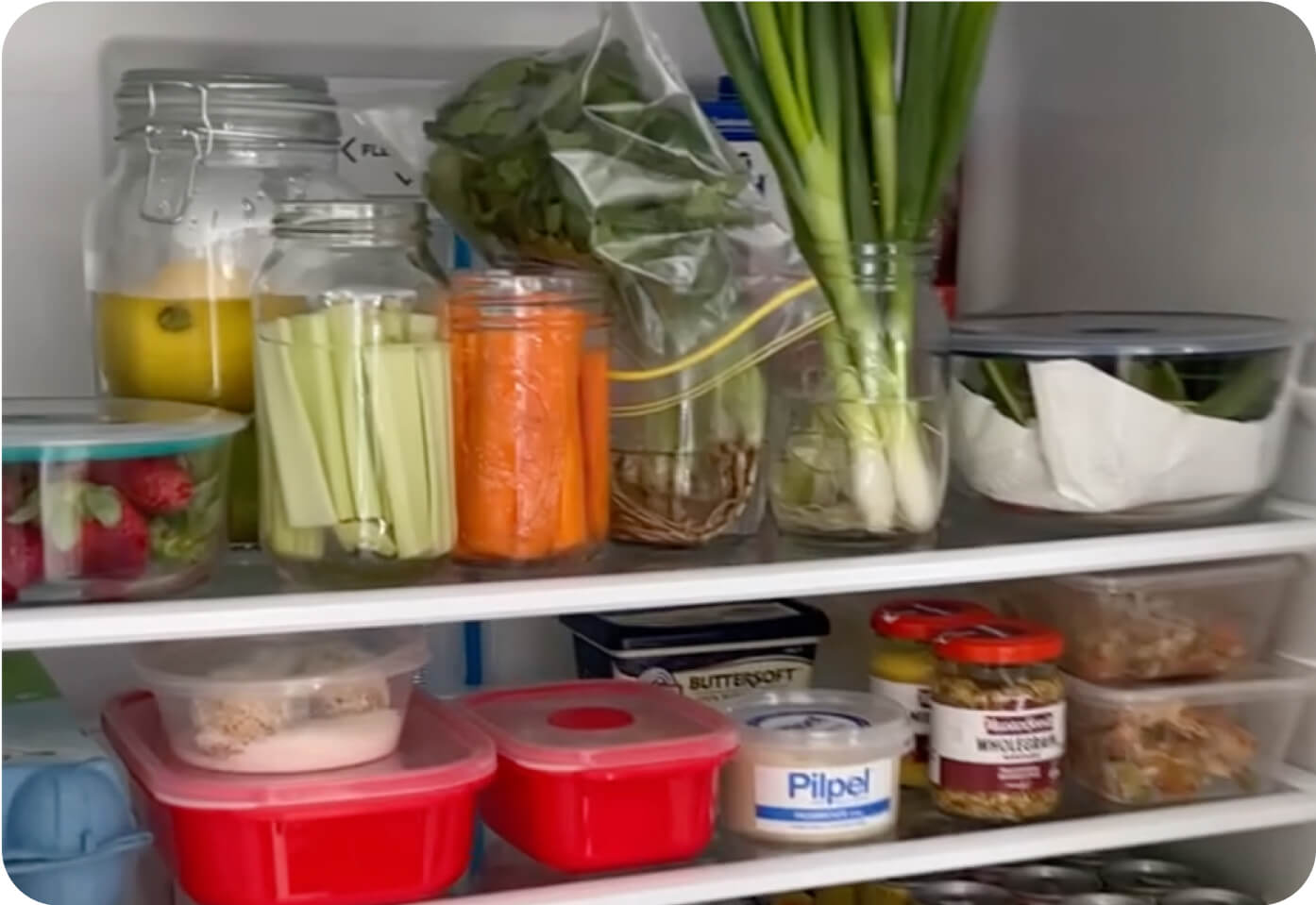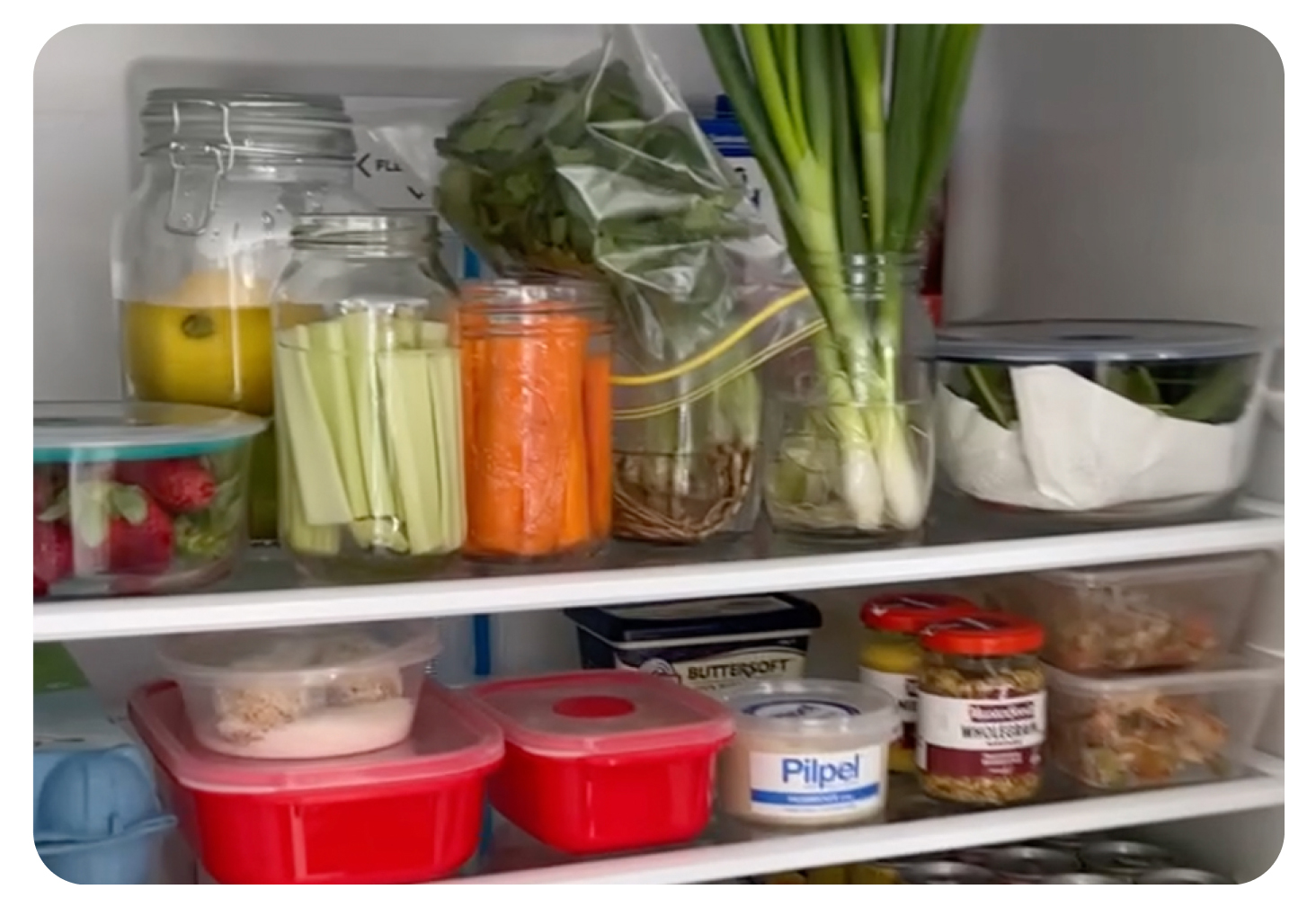It’s easy! With a few simple tips,
you can cut food waste and save money.
Join us and The Great Unwaste to
turn food waste around one meal at a time.

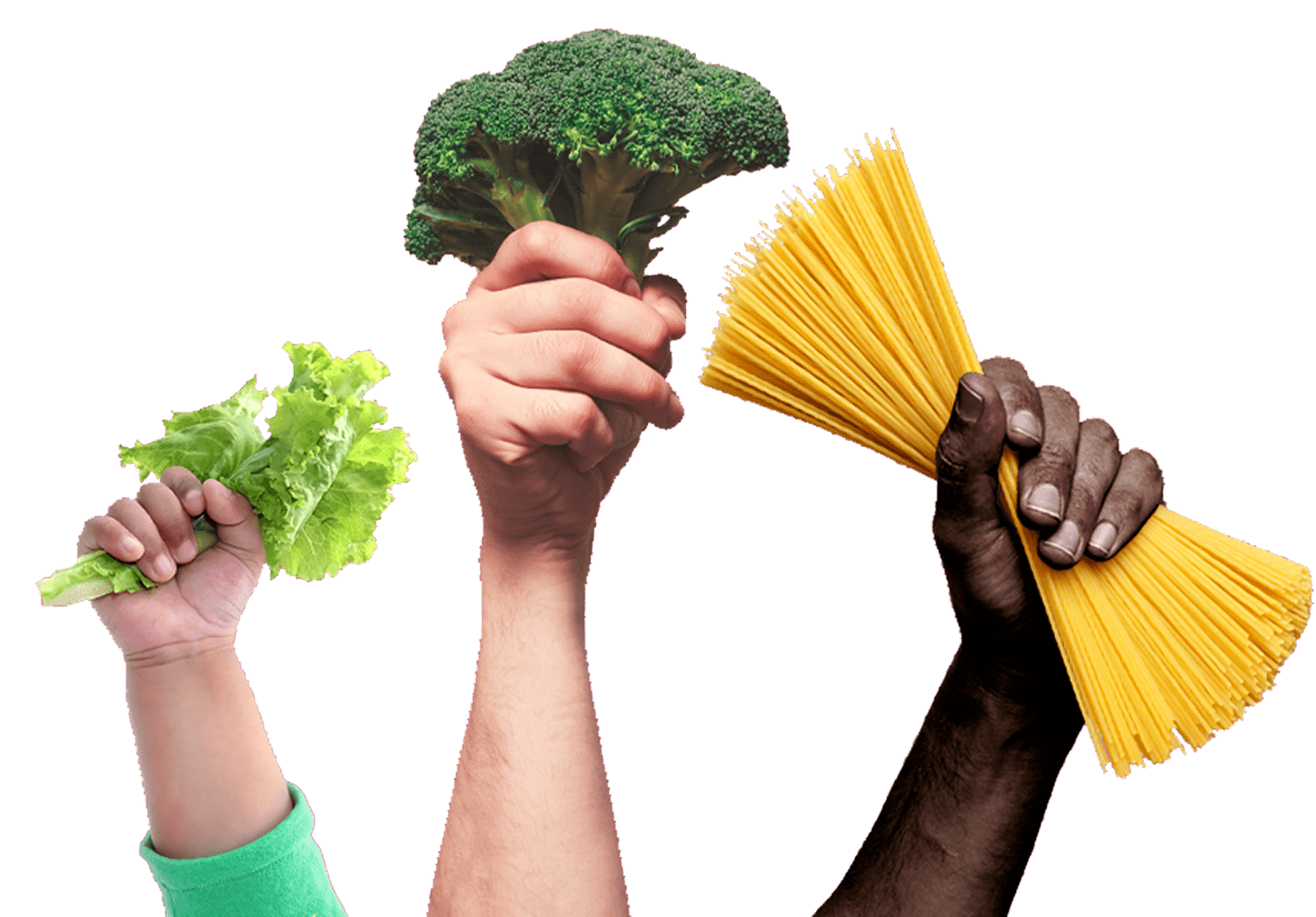

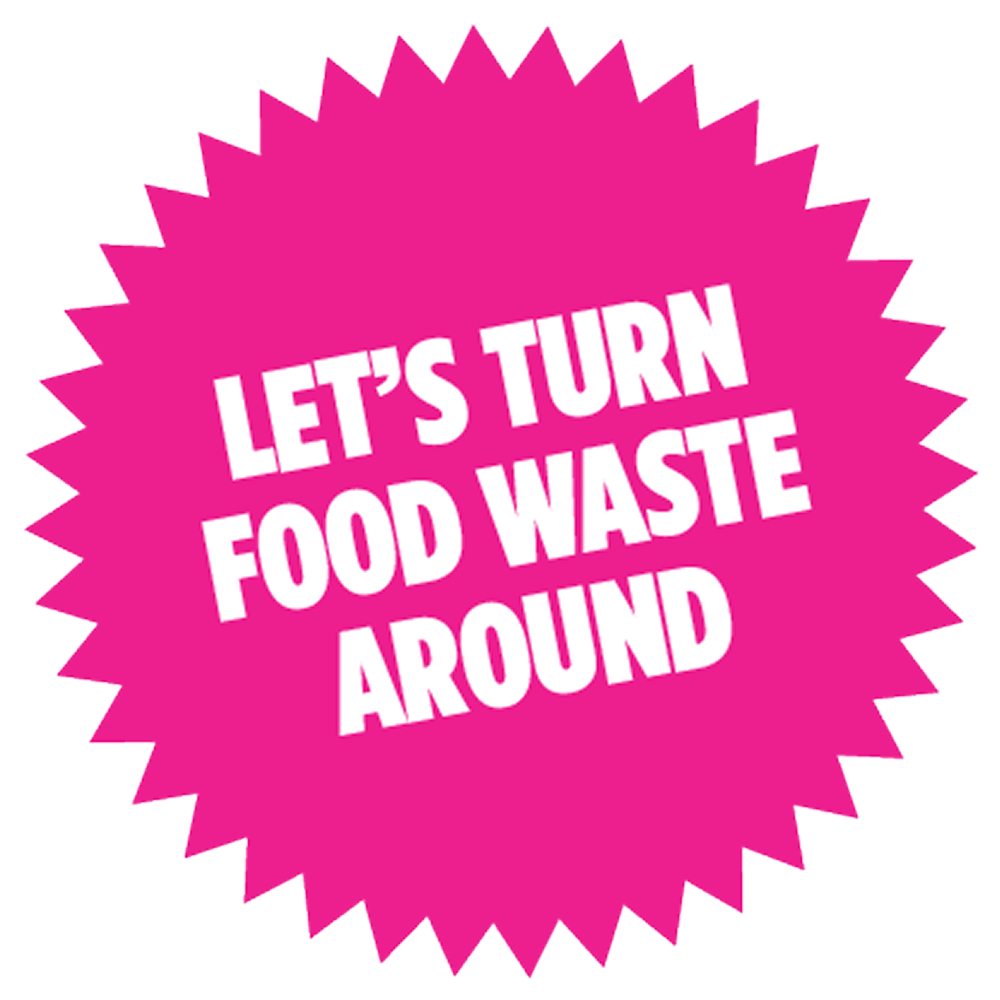
That’s why IGA is proud to be part of The Great Unwaste – a movement bringing
Aussies together to make the most of every meal. Every time an Aussie joins
The Great Unwaste, we take a massive bite out of food waste.
For more support, and to catch up on the latest news from The Great Unwaste,
visit their website and sign up today!


It’s easy! With a few simple tips, you can cut food waste and save money. Join us and The Great Unwaste to turn food waste around one meal at a time.
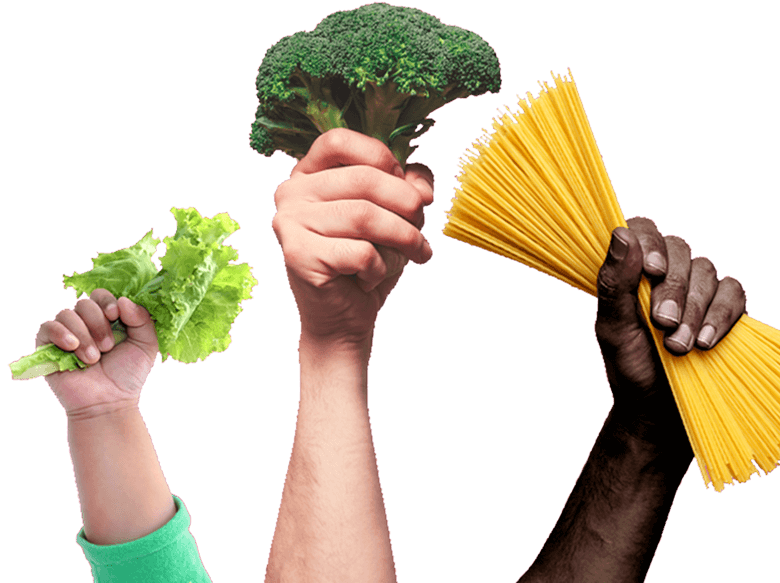
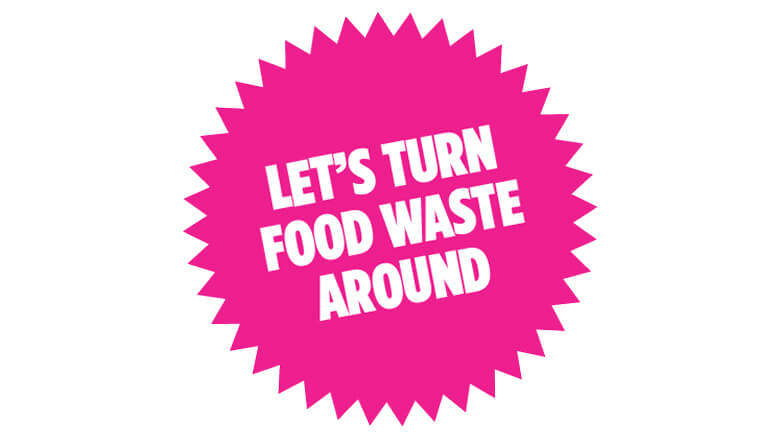
That’s why IGA is proud to be part of The Great Unwaste – a movement bringing Aussies together to make the most of every meal. Every time an Aussie joins The Great Unwaste, we take a massive bite out of food waste.
For more support, and to catch up on the latest news from The Great Unwaste, visit their website and sign up today!
7.7 million meals
Australian households throw
away the equivalent of 7.7 million
meals every day.
256kg per home
Each household wastes 256kg of food a
year — adding up to 2.5 million tonnes
nationally. More food is wasted in homes
than anywhere else along the supply chain.
$2,500 wasted
Food waste costs the average household
over $2,500 a year. Without realising, we’re
wasting twice as much as we think.
Reference: The Great Unwaste website (https://thegreatunwaste.com.au/)
Join the leftovers revolution
Get creative and turn last night’s dinner into a free
lunch! Before you think of throwing out your leftovers,
why not try some of these great tasting, healthy recipes.
Get creative and turn last night’s dinner into a free lunch! Before you think of throwing out your leftovers, why not try some of these great tasting, healthy recipes.

We’ve put together a few hacks for around the home that work to protect our environment and as an added bonus, save you a little cash!
We’ve partnered with not-for-profit Food for Change, to bring you the IGA Food Rescue Program. This program connects our stores directly with their local food relief agency so that any unavoidable food waste will be donated to locals in need within their communities, in an effort to support and care for those suffering the consequences first hand.
To learn more about the IGA Food Rescue Program, click here


We’ve put together a few hacks for around the home that work to protect our environment and as an added bonus, save you a little cash!
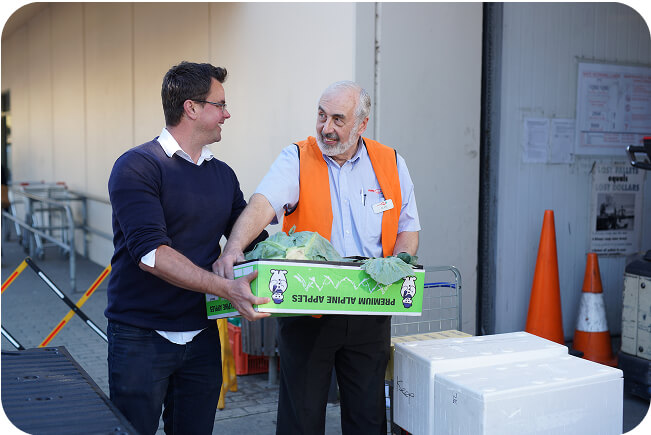
We’ve partnered with not-for-profit Food for Change, to bring you the IGA Food Rescue Program. This program connects our stores directly with their local food relief agency so that any unavoidable food waste will be donated to locals in need within their communities, in an effort to support and care for those suffering the consequences first hand.
To learn more about the IGA Food Rescue Program, click here

Check out these easy-to-follow tips that save you money, so you can waste less and enjoy more with longer-lasting and fresher food.
Fresh leafy greens
Simply store in a paper-lined container. The more they stay dry, the longer they last.
Spring onions and herbs spring to life
Store both in separate bottles of water in the fridge.
Crunchy carrots and celery
Clean, cut into sticks and put into bottles of water and store in fridge.
Storing a superfood – Avocado
Save the unused half side in a zip-lock bag for next day’s Toast.
Check out these easy-to-follow tips that save you money, so you can waste less and enjoy more with longer-lasting and fresher food.
Fresh leafy greens
Simply store in a paper-lined container. The more they stay dry, the longer they last.
Spring onions and herbs spring to life
Store both in separate bottles of water in the fridge.
Crunchy carrots and celery
Clean, cut into sticks and put into bottles of water and store in fridge.
Storing a superfood – Avocado
Save the unused half side in a zip-lock bag for next day’s Toast.

Try our Food Waste Calculator – an easy, interactive tool which provides an estimate of the total impact of a product across cost, energy and water consumption metrics.
These values have been calculated using a ‘Farm to Gate’ Life Cycle Assessment approach, encompassing impacts from farm, transport, processing and cooking.

Try our Food Waste Calculator – an easy, interactive tool which provides an estimate of the total impact of a product across cost, energy and water consumption metrics.
These values have been calculated using a ‘Farm to Gate’ Life Cycle Assessment approach, encompassing impacts from farm, transport, processing and cooking.











